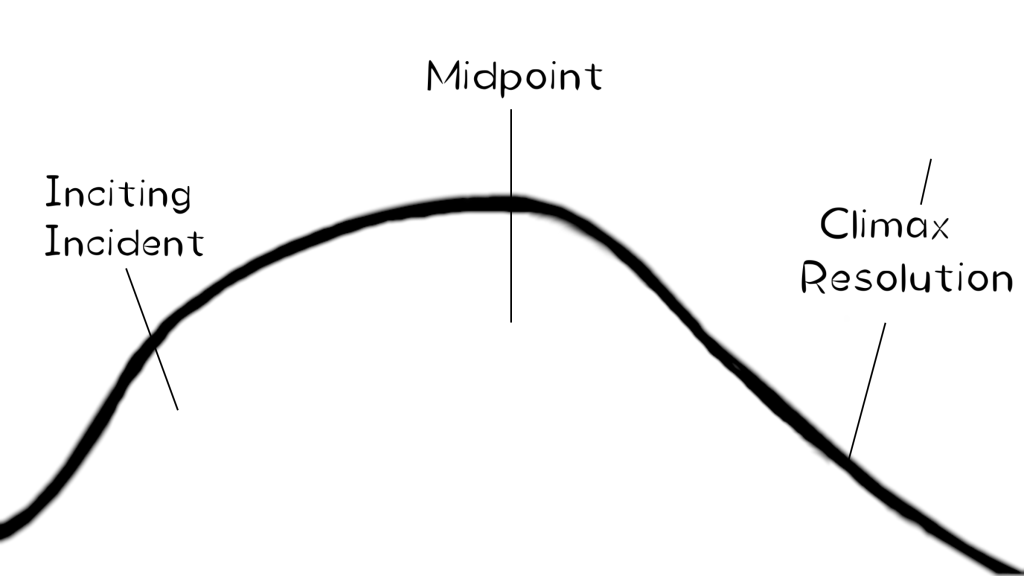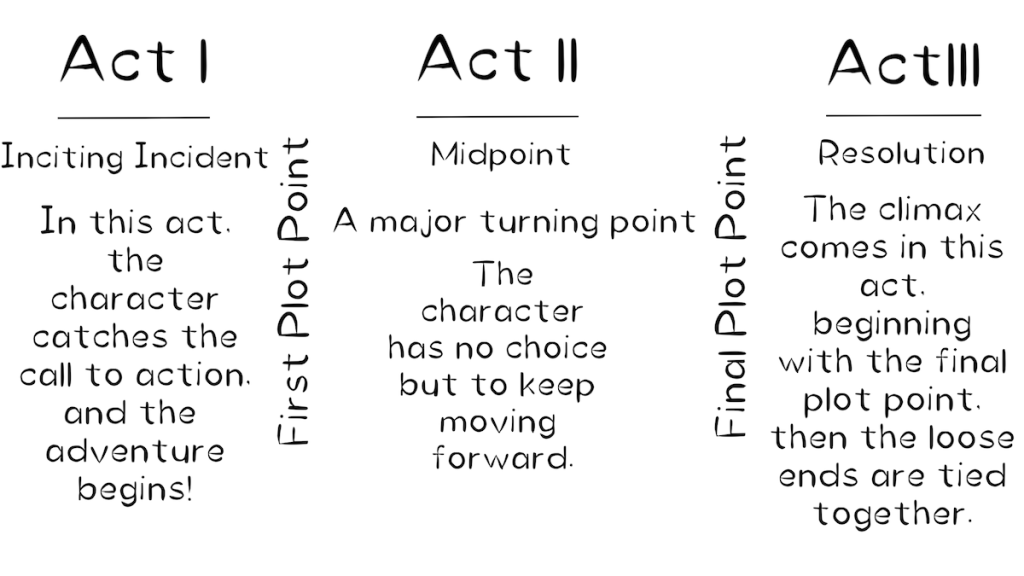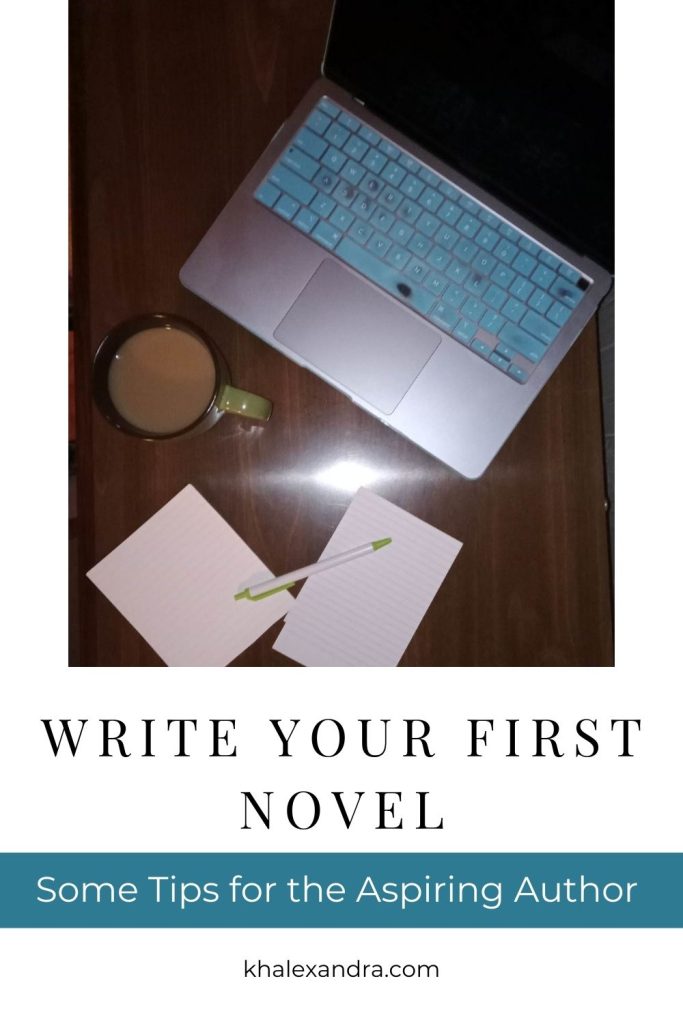Write Your First Novel
This post may contain affiliate links, which means I'll receive a small commission if you purchase through my links, at no extra cost to you. Please read full disclosure for more information. Your support is appreciated!.

Have you always dreamed of writing and finishing a novel?
The first thing that helped me was to block out some time where I could be free from distractions and stress. It is very difficult to write in a noisy atmosphere or even while working a full-time job without many breaks.
If you have a good story idea, or if you have an outline already but don’t know how to build on it, then I hope this article will be of help and inspire you.
Character Arcs
The lovely thing about a novel is that we can witness a more in-depth change or progression in the main character than perhaps we can in a movie. Consider your main character or protagonist, and what they want. What is their end goal and what will drive them to their end goal? When they reach the end of the novel, what will their life be like? What must happen to them internally and externally before they reach that point?
Novelists suggest making a character arc outlining the change that the protagonist goes through in the story. A character arc is like an outline of the progression of the character’s personal transformation. A character arc can ascend or descend, depending on how the story (and the character) is to end up. This will work in tandem with the plot structure of your novel and can help you tailor the plot points to your specific character and his particular personality.
Here is an Example of a Character Arc:

To build a character arc, it is suggested to actually draw an arc. The arc will follow the main points of the story. Except the arc will highlight the changes in the character instead of the plot. There is significant change at the midpoint, since it will inevitably follow the plot of the story as well. Yours will be unique to your character, but hopefully you get the idea.
As you develop your character arcs, think about what problems and struggles they must go through for them to change. This will help you to outline and structure your novel. (Even if you’ve already started writing your novel, it is not too late to do an outline and a character arc. This will only enhance your character and plot!)
Character arcs are important for every character that you have. Identify the antagonist or nemesis of your character. The antagonist can be a person, an entity, or whatever is in the way of the main character and the achievement of their goal. If the nemesis is a person, perhaps they too will go through a process of change. You can make a character arc for them, as well, weaving it with the protagonist’s.
Here is the outline I followed when rewriting the arcs for my story:
Inciting Incident:
As you can imagine, the inciting incident “incites” the protagonist into his journey or adventure. Basically, in the beginning of your novel you will put personality to your character. Who is your character at the beginning? What incident at about the 10% mark of your story pushes your character into action?
Midpoint:
How does your character change and what revelation will your character have to keep him going forward at about the middle of the story? This should be an exciting time.
Climax:
How does your character end up? For the protagonist, they will probably be better off and more mature. Your antagonist may end up better too, with a realization of the evil they’ve done, or perhaps with some kind of justice.
Award-winning author KMWeiland has books about character arcs. You can look at her website and book here: KMWeiland, Character Arcs.

Plot Structure
I used to begin my stories without much thought for the structure. However, I found that I had a sense of what experience the character might have, especially during the middle and end of the story. KMWeiland also has some books on the three act plot structure of novel writing. The three act plot structure of a novel includes not only the beginning and set up (Act I), the midpoint (Act II), and the climax and resolution (Act III), but the points that foreshadow those big events in the main three acts.

Remember this:
In the first act we must catch the call of the protagonist and be drawn into the adventure with him. The journey begins and we understand the protagonist’s struggle and what he wants.
There is a plot point at around 25% of the story which changes everything for the protagonist. What happens to your character to cause his journey to begin?
In the midpoint (the very center) the main character MUST make a change. There is a subsequently a change in the story at the midpoint as well. The protagonist has reached a point where though the antagonist is hitting him as hard as he can, he can only get free by moving forward.
Through the process of struggle, the protagonist overcomes whatever has held him back in the first act.
In the third act, there is another plot point which happens at 75% where things seem hopeless for the character. However, this is where all loose ends in the story will be drawn together. The protagonist will have hopefully overcome the personal obstacles he held in the beginning.
This article is just a brief overview of novel writing. You can see more in depth plot structure, outlining, and character arc explanation in KMWeiland’s books here and her Helping Writers Become Authors website here.
Other Resources:
ProWritingAid is a line and copy editing software that I highly recommend! It offers a monthly, yearly, or lifetime membership, as well as a free program which edits 500 words for you at a time. Try it out by clicking here.
Christian writer Sandra Byrd offers developmental editing. She helped me to see what mistakes I had made and how to fix them. If you need an editor for your Christian novel (or nonfiction book), I recommend contacting her. She can also coach you from the beginning of your book. Here is her website: sandrabyrdbookcoach.com
Happy Writing!

